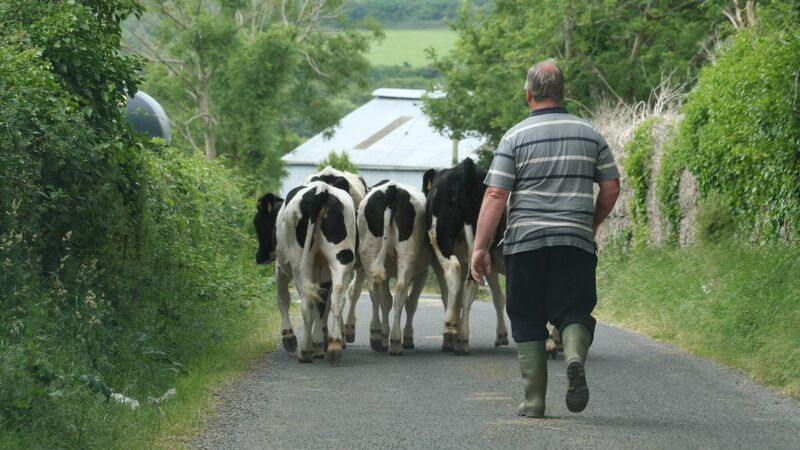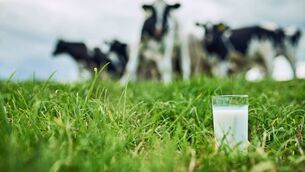Wed, 13 Sep, 2023 - 16:17
Kathleen O'Sullivan
The agriculture sector continues to be the sector with the greatest number of fatalities in any one year, leading the Health and Safety Authority (HSA) to remain very concerned about safety issues on farms in Ireland.
HSA senior inspector for farm safety Pat Griffin said that he suspects agriculture is also the sector with the greatest number of non-fatal injuries, though there is a lack of supporting data.













